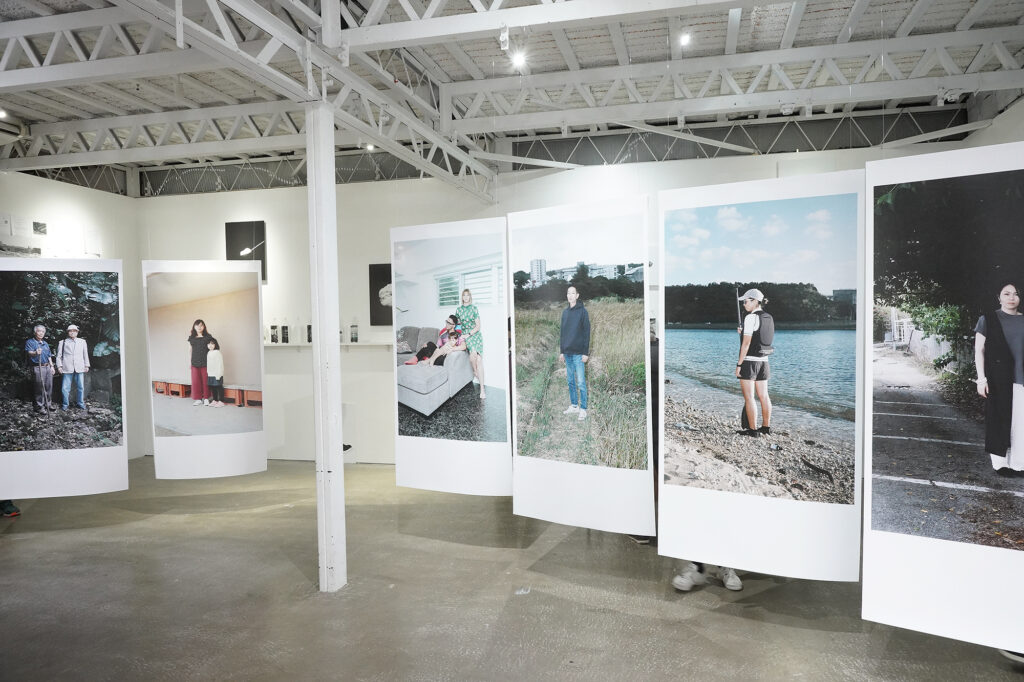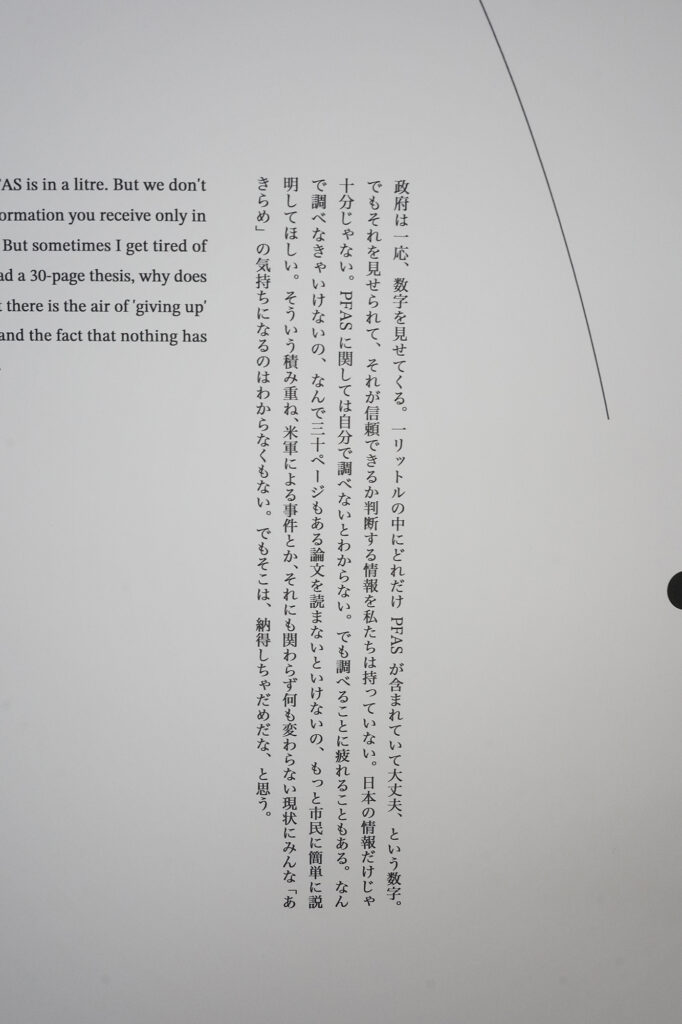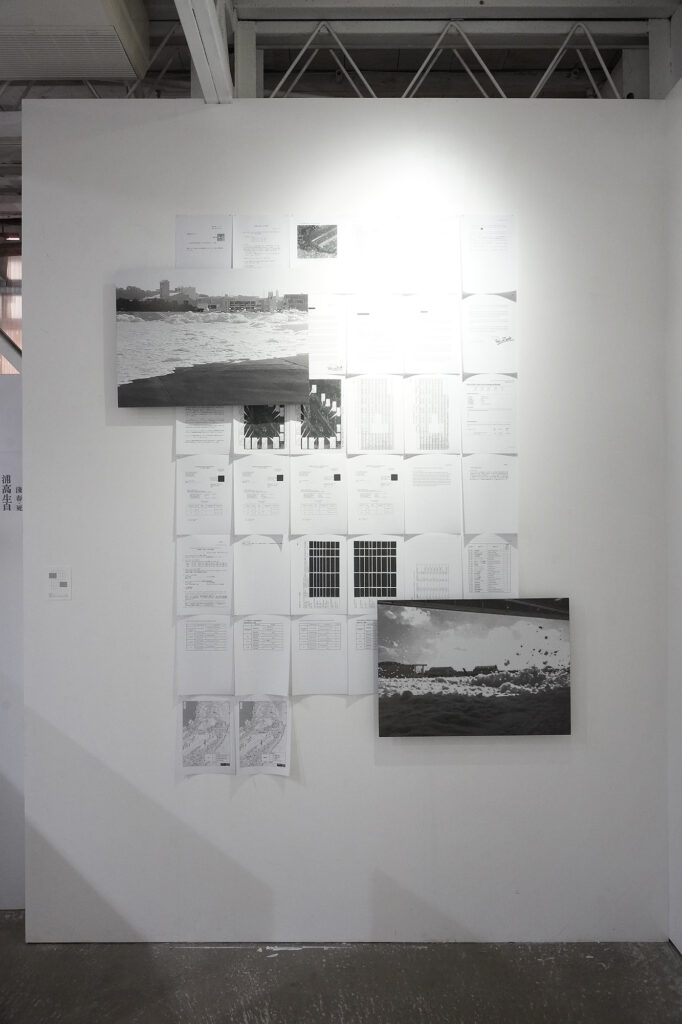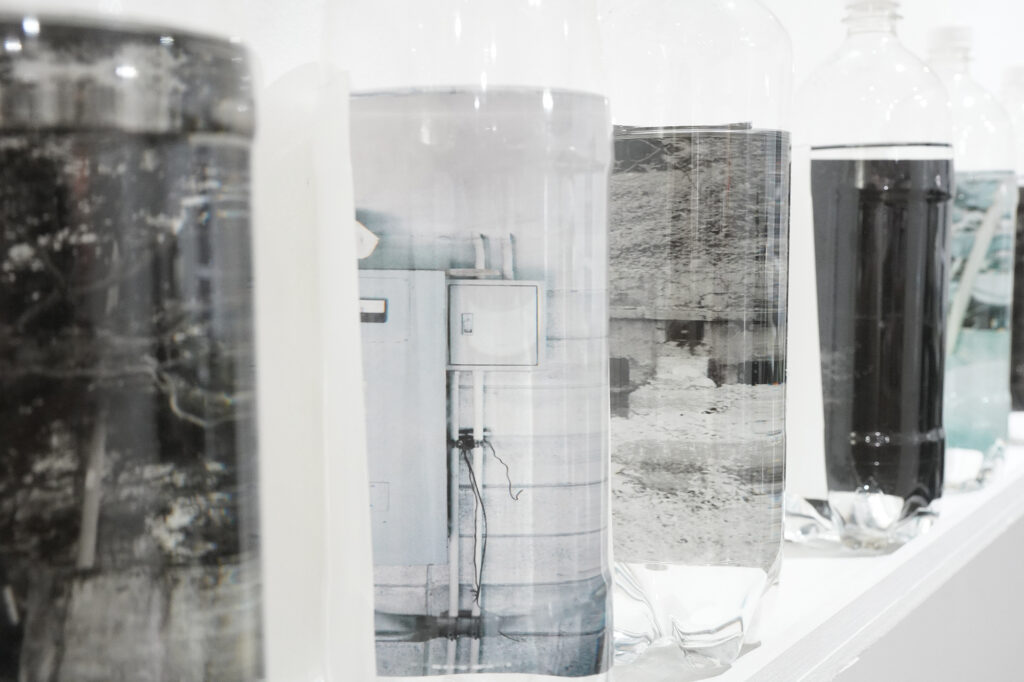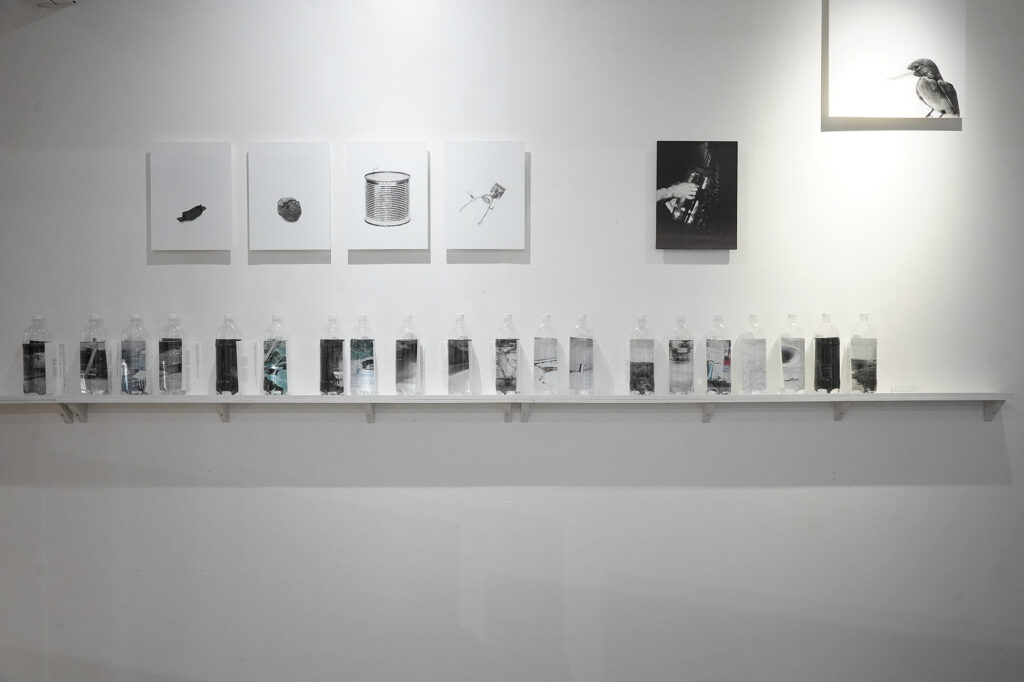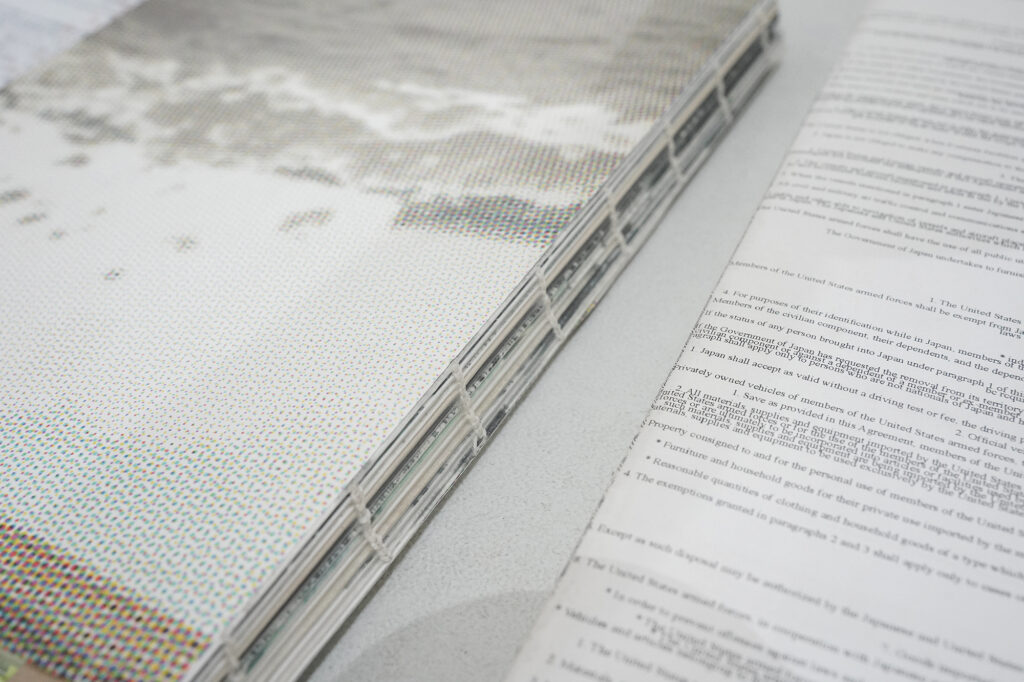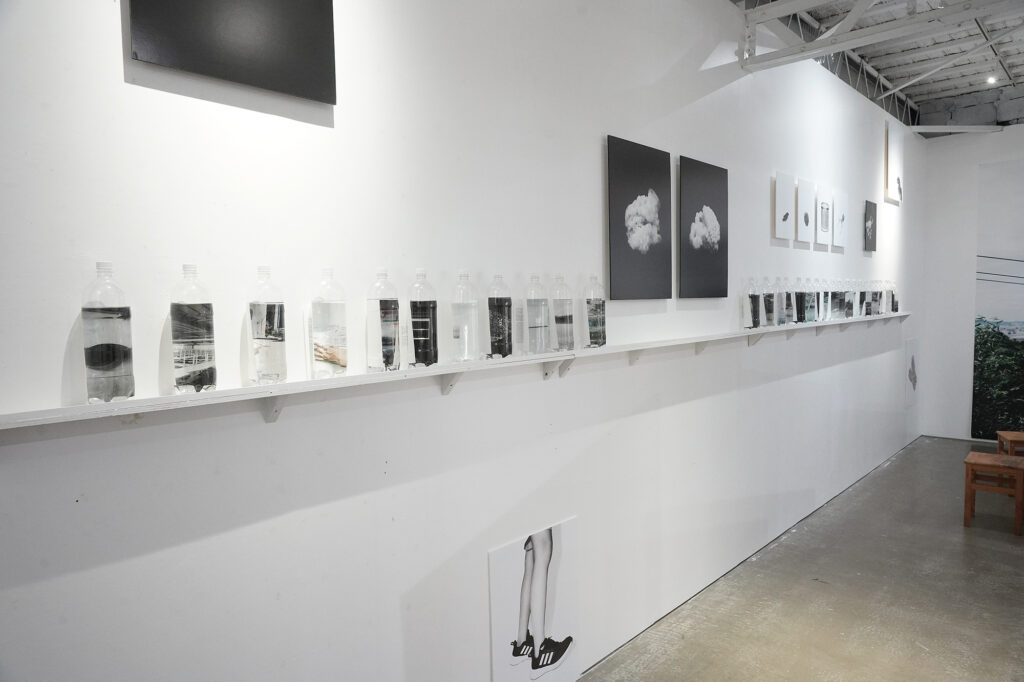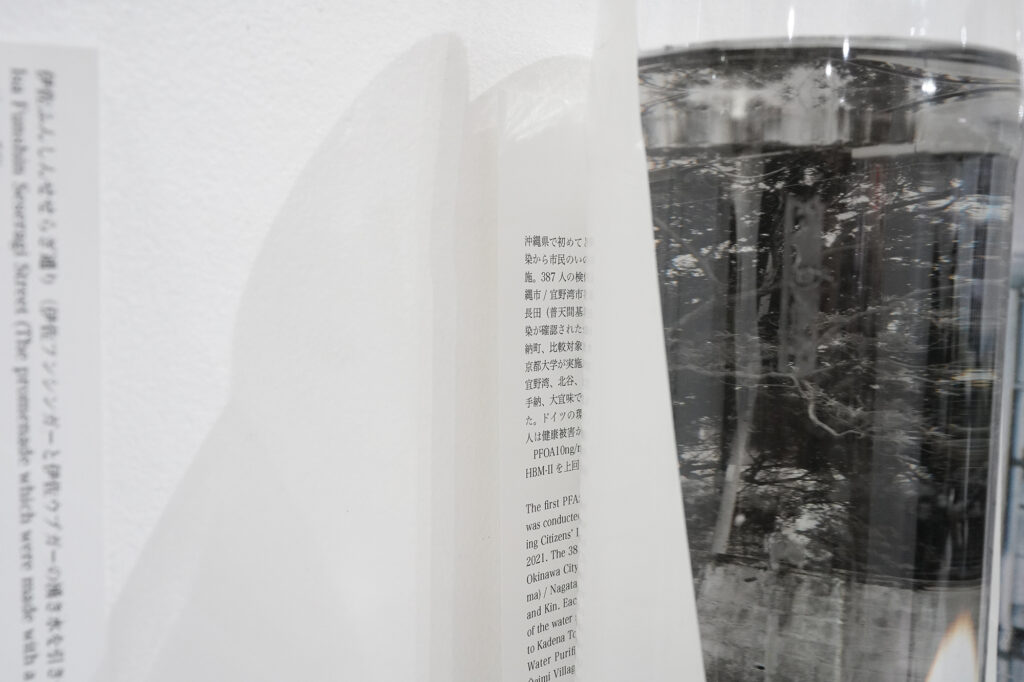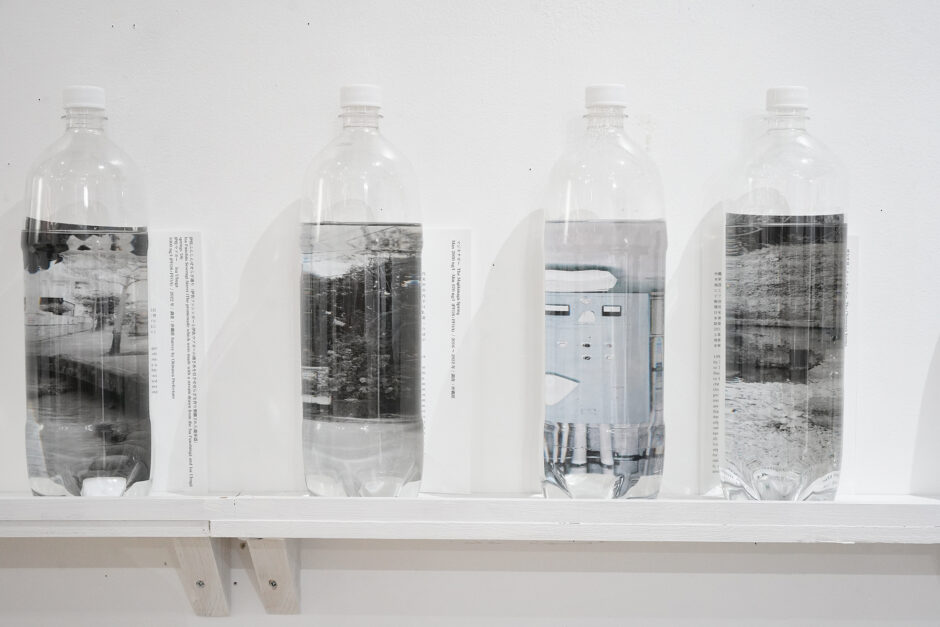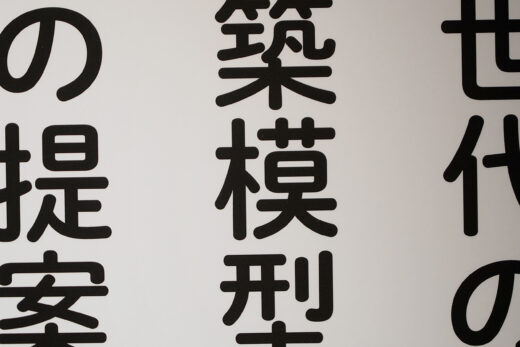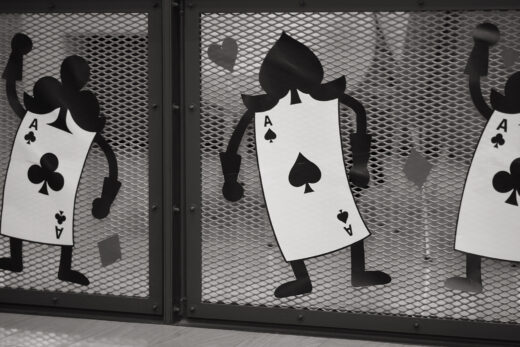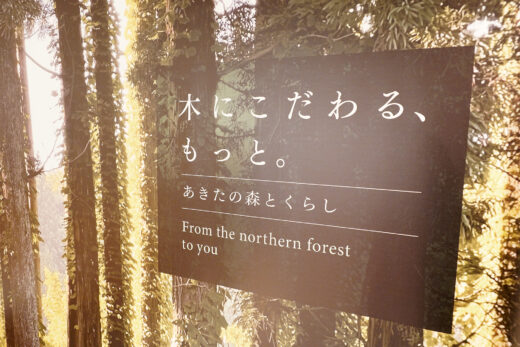とても良い展示でした。ここの展示はいつも質が高い。

鈴木萌写真展「Aabuku」
2024年2月10日ー2月25日 / 東京:Reminders Photography Stronghold ギャラリー
2024年5月3日ー5月12日 / 京都:RPS京都分室パプロル
朝起きてまず初めにコップ一杯飲んだ水
保育園に行く息子に毎日持たせた水筒
毎朝手ですくって飲んだ湧水
自然農法で育ててきた田芋
グッピーを手で捕まえたせせらぎ
サッカーボールを蹴る学校のグラウンド
卵を投げ入れて拝む池
サップに乗ってのぼる川
目に見えず、匂いも味もしない。その物質はあの時飲んだ水に、手ですくった水に、畑にまいた水に、含まれていたのだろうか。そして今まさに、蛇口をひねって流れ出るこの水にも含まれているのだろうか。体の中に蓄積されたこの物質は、自分に、あるいは子供たちにどんな悪さをしたのだろうか。これからもするのだろうか。
2016年、沖縄県中部に位置する浄水場から本島中南部45万人に供給される水道水が有機フッ素化合物(PFAS)で汚染されていることが公表された。それは自然界や人間の体内ではほとんど分解されることのない「永遠の化学物質」(フォーエバーケミカル)の異名を持つ発がん性物質だった。4年後の2020年、宜野湾市の普天間飛行場格納庫にある火災報知器が誤作動し、大量の泡消火剤の泡が排水溝を通って基地外に流れ出た。ロマンチックにふわふわと漂い、いつまでも消えない泡には高濃度のPFASが含まれていた。そしてそこには、当たり前のように飲んで、遊んで、仕事に、そして拝みに使ってきた水の本当の姿を、昔見たかもしれない「泡」の記憶の断片をたぐりよせながら自分なりに捉えようとしていている人たちがいた。
これは、沖縄における米軍基地由来のPFAS汚染の実態を、人々の水や土地にまつわる記憶を軸に語った物語である。時を遡って汚染の数値を測ることはできず、国も米軍も根本的な解決策を提示しないばかりかその事実さえも認めてはいない。それでも汚染の実態が徐々に明かされるにつれ、今まで気にも留めていなかった日々の記憶に生じる歪み…その記憶を聞き取りながら、汚染された土地と水を歩いた。ふわふわの泡以外に視覚的に捉えることはできない永遠の化学物質。基地のフェンスに遮られどうしても辿り着くことができない汚染源。訪れる人々が気持ちの良い風と波の音を被せ、あえて見ようとしないこの地の重荷。こうして「見えないものたち」は捻れて重なっていた。つかめそうでつかめない、ふわふわと漂う夢のようなあぶくをかきわけるようにして、私は人々の言葉と、言葉にされない思いを紡いだ。
The glass of water I drank every morning
The water bottle I gave my son every day when he went to nursery school
The spring water I drank by scooping it out with my hands
The taro I grew the natural way
The stream where I caught guppies
The pond where we throw eggs and worship
The school grounds where I play football
The river I paddleboard on
Invisible, it has neither smell or taste. Was that substance in the water I drank and touched? In the water we used to grow our vegetables? Is it still in the water that flows out of our faucet now? What harm have these substances, accumulated in my body, done to me and my children? And will they continue to harm us?
In 2016, it was announced that water supplied to 450,000 people in the central and southern parts of the main island from a water treatment plant located in central Okinawa had been contaminated with organofluorine compounds (PFAS). PFAS are carcinogenic substances known as ‘Forever Chemicals’, which rarely break down in nature or in the human body. Four years later, in 2020, a fire alarm in a hangar at Futenma Airbase malfunctioned causing a large amount of firefighting foam to be released into the community of Ginowan. The fluffy foam, which wafted romantically and seem never to fade, contained PFAS. People tried to grasp the true nature of the water they had taken for granted. The water they used to drink, play, work, and worship. They retraced fragmented memories of the ‘foam’ they may have seen in the past.
This is the story of the PFAS contamination leaked from US military bases in Okinawa told through local people’s memories of the water and land. It is not possible to measure contamination figures of the past. Neither the Japanese government nor the US military have offered any fundamental solutions or even acknowledged the source of contamination. As the reality of the contamination was gradually revealed, the hazy memories of those affected, many overlooked until now, have become distorted.
I walked through the contaminated land and water, tracing their distorted memories. Eternal chemicals that cannot be visually captured except as fluffy bubbles. The source of this pollution cannot be reached by any means, blocked by the fences of the airbase. The silent burden of these beautiful islands that visitors dare not look for beyond the pleasant breezes and sound of waves. The invisible has become intertwined and overlapped. Wading through the dreamy aabuku (foam) it remained elusive. I wove together the words and unspoken thoughts of the people I met.
取材/ 撮影協力:沖縄県公文書館、琉球大学博物館風樹館、京都大学大学院医学研究科環境衛生学分野・原田浩二准教授、PFAS汚染から市民のいのちを守る連絡会、宜野湾ちゅら水会、コドソラ、普天間基地爆音訴訟団、嘉手納基地爆音訴訟団嘉手納支部、ジョン・ミッチェル氏、あなたの沖縄 | コラムプロジェクト、沖縄県企業局 その他多くの方々
